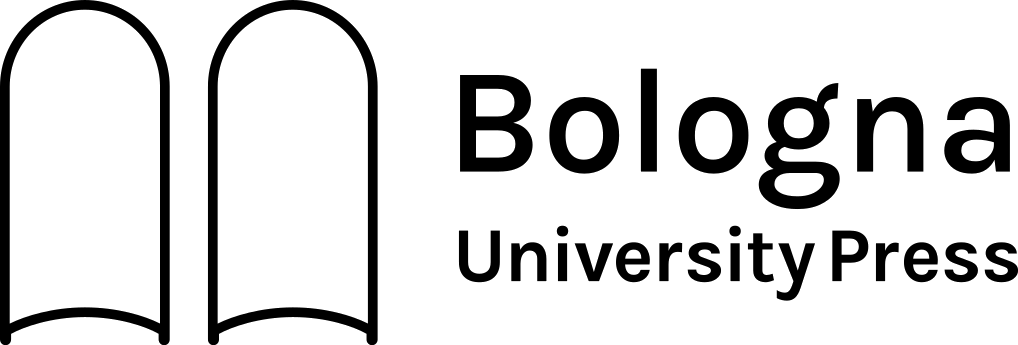Abstract
The new paradigm of smart building requires the accomplishment of occupants needs through the analysis of data gathered within the building, which switches from activities host to provider of customized services for occupants. The digitalization supports this new approach, as the implementation of Building Management Systems (BMS) in Building Information Modelling (BIM) environment allows to link the information collected to a database. The contribution is focused on a case study of the University of Cagliari, the Mandolesi Pavilion, and it is aimed at implementing and improving energy audit procedures by the use of Building Information Modelling.









